Istanbul Churches, Monasteries and Schools
Istanbul is well-known for its many beautiful mosques as well as architectural marvels from the Ottoman Empire. Under their reign, peoples from many different ethnicities and religions flourished in Istanbul. Pockets of this diverse past remain in richly decorated Istanbul churches and other religious buildings still in use today.
There are hundreds of Armenian churches tucked away in corners of Istanbul although as the Armenian population of Istanbul has become smaller, the number of Armenian churches in use has shrunk. One still in operation is the Surp Garabed Armenian Church (Church of St John the Baptist) that I stumbled across on my way to Çinli Camii in the Murat Reis neighbourhood of Üsküdar. Although the construction date of the church is not known, it is one of the oldest Istanbul churches belonging to the Armenian community, and has existed at least since the year 1555.
The church was originally erected as a small, wooden temple at the firman or royal decree of the sultan. It was to be used by Armenian workers, most of whom had migrated from Muş or Van to work on the construction of many public buildings, including the Mihrimah Sultan Mosque, also in Üsküdar. The church has been rebuilt several times following fires, and the current church was built in stone following the great Yenimahalle Fire in 1888, and is still open for church services today.
One of the grandest Istanbul churches is the Greek Orthodox Patriarchate. It’s been on the same site since about 1601, although the present Church of St George only dates from 1720. Like all churches built in Istanbul after the conquest of 1453, it is small in size as Christians were forbidden to build churches with domes or masonry roofs. Although its present congregation numbers only a few thousand, it is still the centre of the Eastern Orthodox Church. In its heyday the Ecumenical Patriarch of Constantinople dominated the religious affairs of the entire Eastern Christian world.
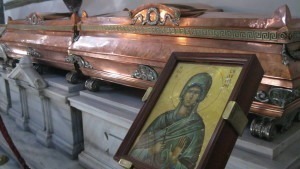
Learn more about the Patriarchate and the UNESCO protected former Greek Orthodox neighbourhood of Fener by going on a small group 3-hour guided walking tour.
Known in Greek as the Megali Scholio, or the Great School, the Özel Fener Rum Lisesi (Fener Greek Orthodox College) was founded before the conquest of Istanbul. It remained the principal Greek institution of secular education throughout the course of Ottoman history. The present building was designed by the Ottoman Greek architect Konstantinos Dimadis in 1881 and continues to educate pupils today, providing a full Turkish curriculum as well as a thorough grounding in Greek language, literature and religion.
In Byzantine times, there were at least three monasteries on Heybeliada (Saddle Bag island), then known as Halki. Today, only the Hagia Triada (Holy Trinity) monastery remains, standing on the crest of Ümit hill. With a long history that predates the conquest, the building housed the main Greek Orthodox theological seminary in Turkey until it was closed in 1971. To this day a former teacher of mathematics visits the school every Wednesday to take tea and reminisce about his former colleagues and pupils.
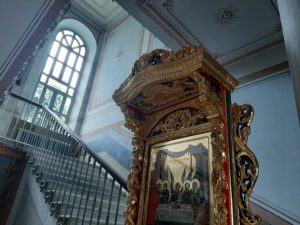
Meryem Ana (Church of the Virgin Mary) in Karakoy, was built in 1583 by Tryfon Karabeinikov. It is more popularly known as Santa Maria de Kaffa (Panagia Kaphatiani) because it was founded by the Greek community of Kaffa (Crimean Greeks). It is now the headquarters of the Patriarchate of the Turkish Orthodox Church whose origins can be traced back to the Greco-Turkish War. In 1922 a pro-Turkish Orthodox group was set up consisting of the Turkish-speaking, Orthodox Christian Karamanlides population of Anatolia who wished to remain both Orthodox and Turkish. The group has had a turbulent history and religious services ceased to be held in the church in 2008.
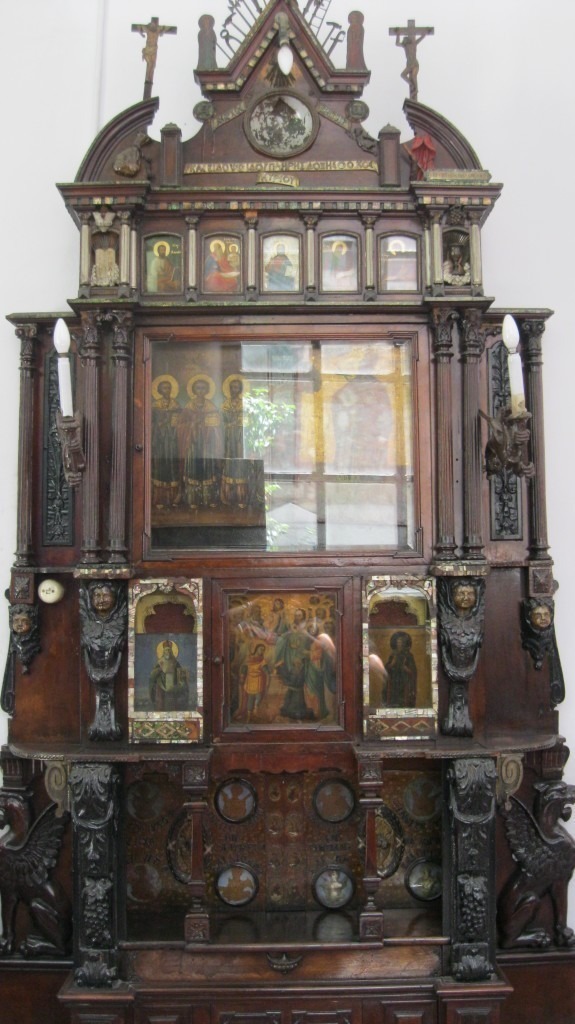
And of course, everybody’s favourite, the Hagia Sophia in Sultanahmet. It’s status as a museum was removed in July 2020 and it now operates as a mosque. This article explains all you need to know before you visit.
I highly recommend taking a tour to immerse yourself in Istanbul’s fascinating Greek Orthodox history.
**************************
Planning to come to Istanbul or Turkey? Here are my helpful tips for planning your trip.
For FLIGHTS I like to use Kiwi.com.
Don’t pay extra for an E-VISA. Here’s my post on everything to know before you take off.
However E-SIM are the way to go to stay connected with a local phone number and mobile data on the go. Airalo is easy to use and affordable.
Even if I never claim on it, I always take out TRAVEL INSURANCE. I recommend Visitors Coverage.
I’m a big advocate of public transport, but know it’s not suitable for everyone all the time. When I need to be picked up from or get to Istanbul Airport or Sabiha Gokcen Airport, I use one of these GetYourGuide website AIRPORT TRANSFERS.
ACCOMMODATION: When I want to find a place to stay I use Booking.com.
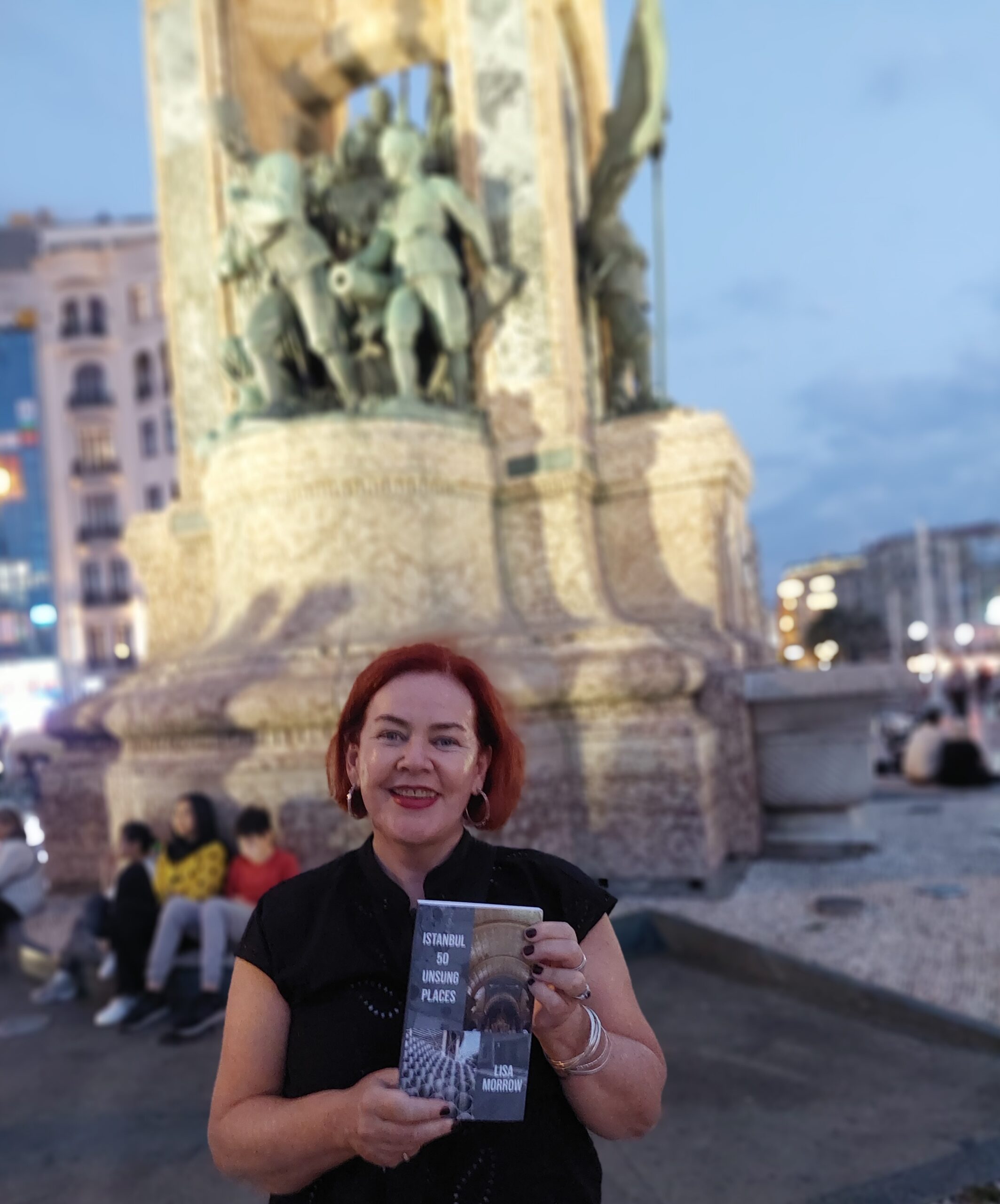
CITY TOURS & DAY TRIPS: Let me guide you around Kadikoy with my audio walking tour Stepping back through Chalcedon or venture further afield with my bespoke guidebook Istanbul 50 Unsung Places. I know you’ll love visiting the lesser-known sites I’ve included. It’s based on using public transport as much as possible so you won’t be adding too much to your carbon footprint. Then read about what you’ve seen and experienced in my three essay collections and memoir about moving to Istanbul permanently.
Browse the GetYourGuide website or Viator to find even more ways to experience Istanbul and Turkey with food tours, visits to the old city, evening Bosphorus cruises and more!
However you travel, stay safe and have fun! Iyi yolculuklar.
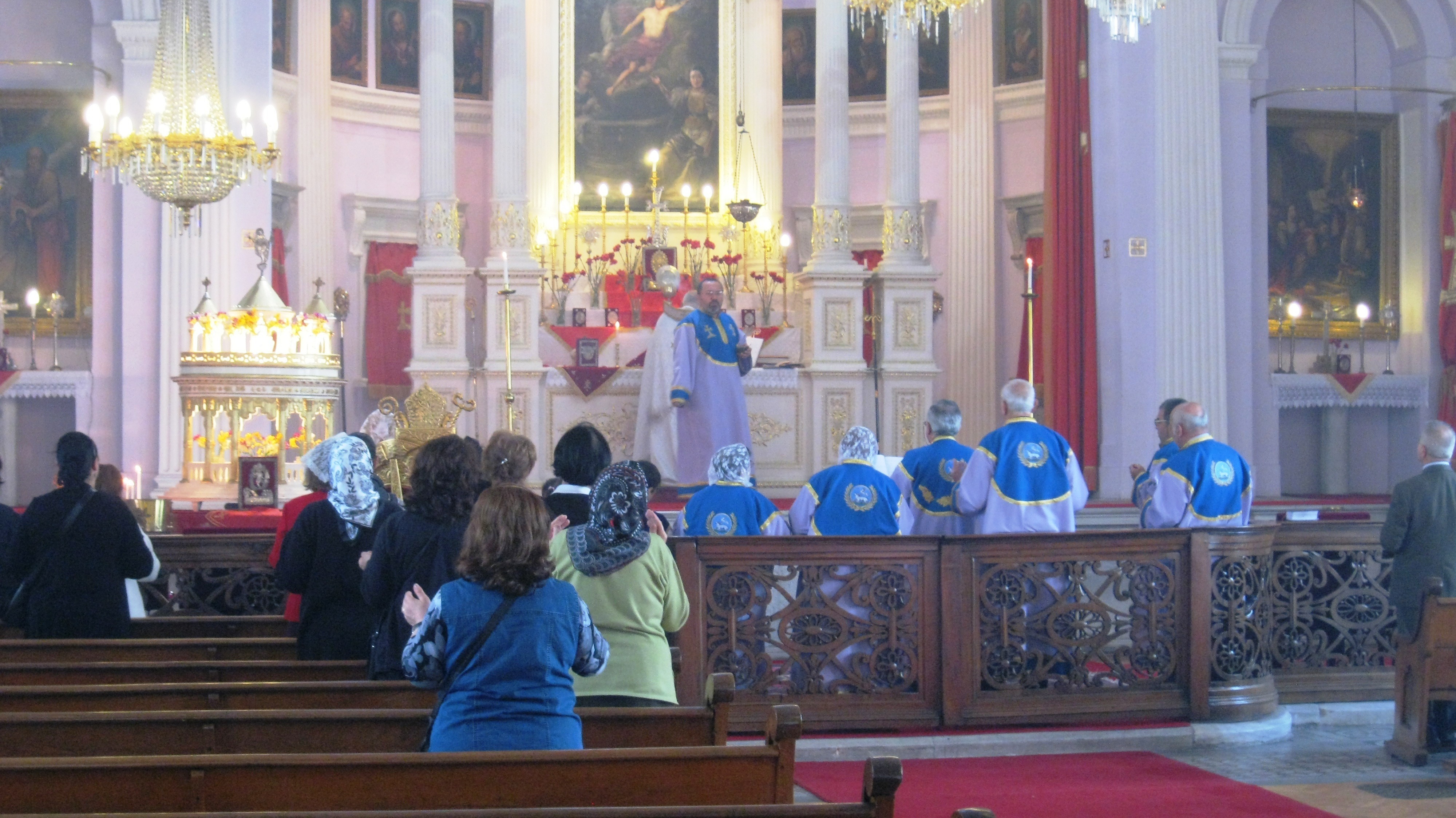
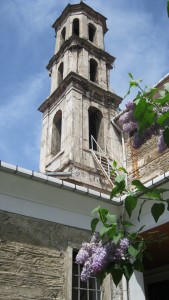
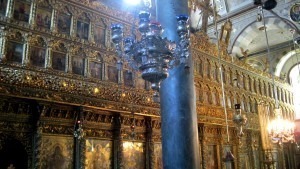
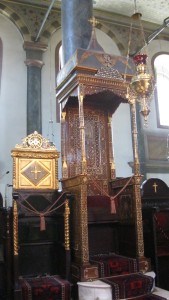
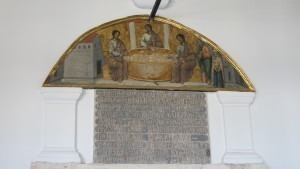
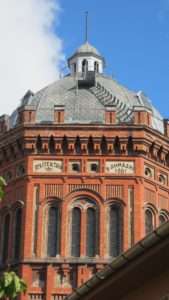
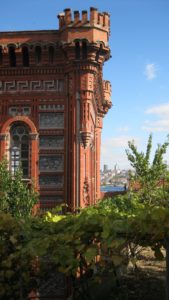
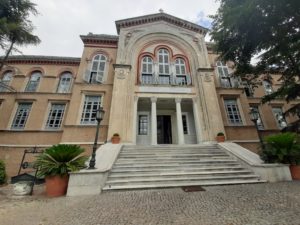
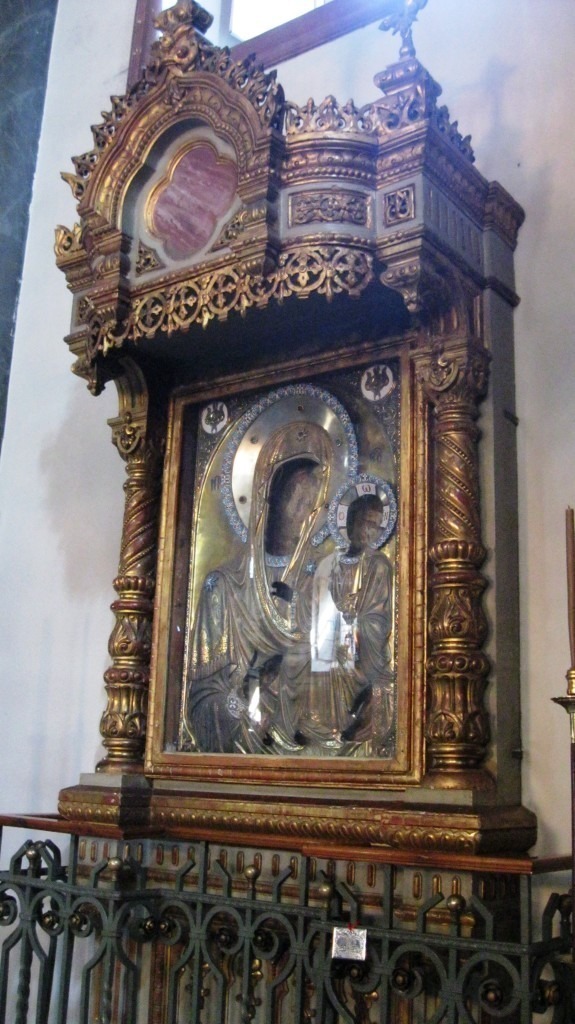
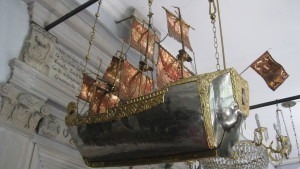
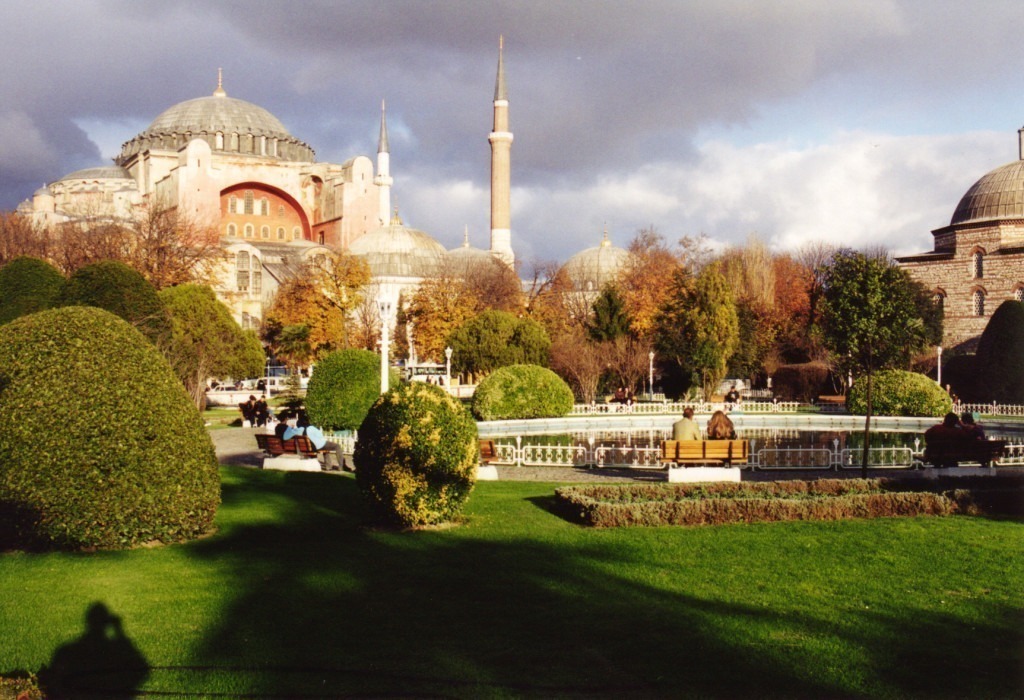
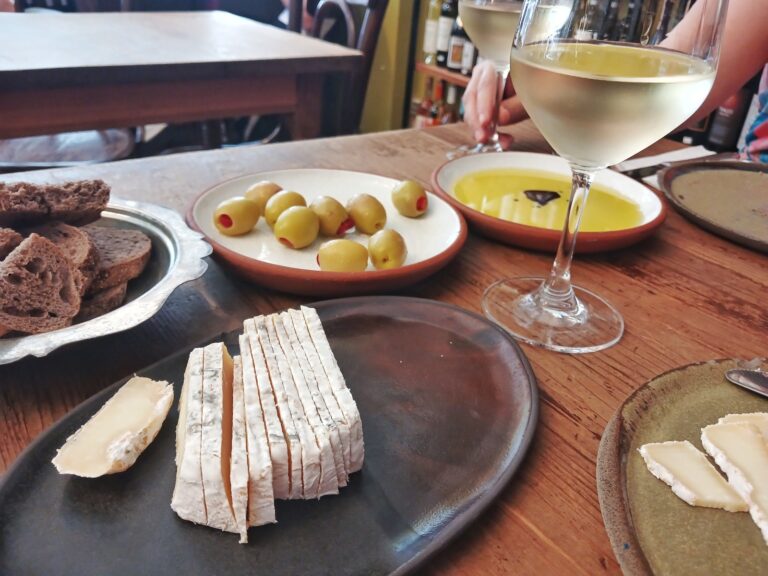
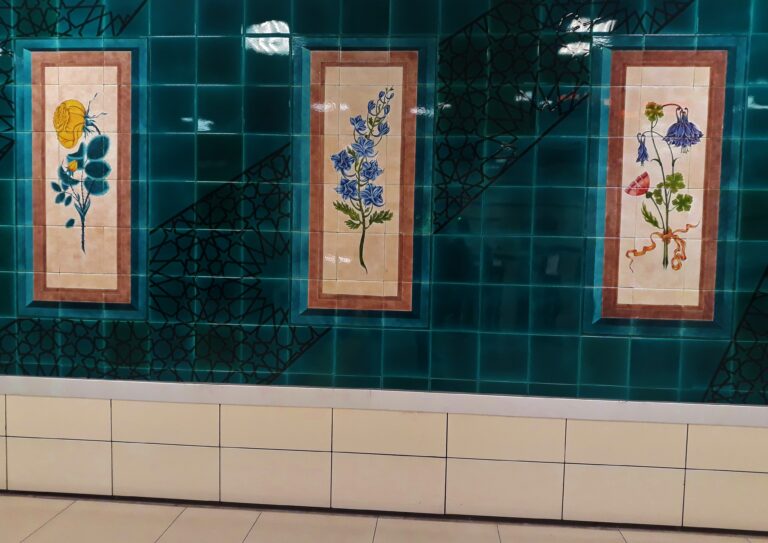
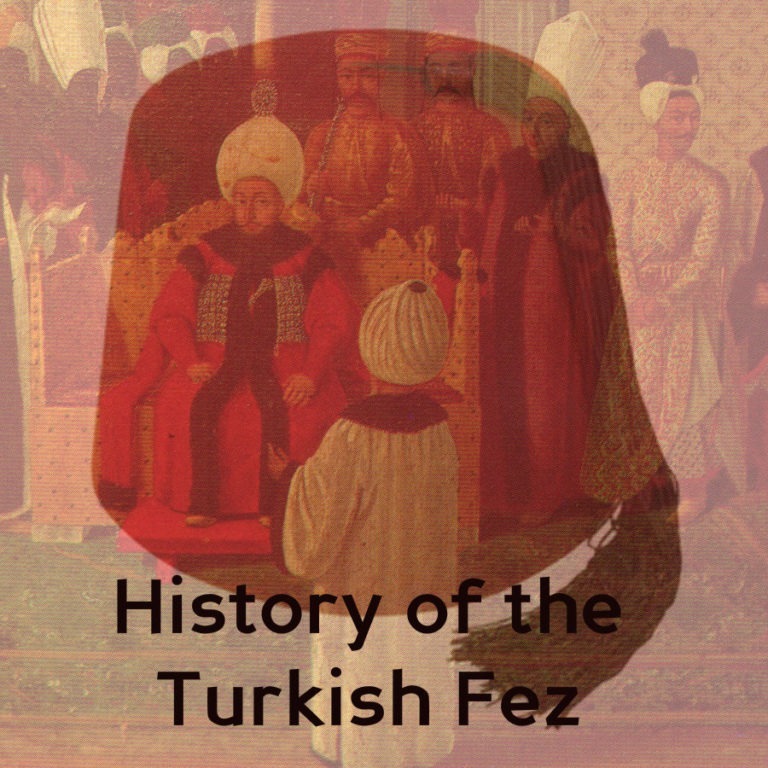
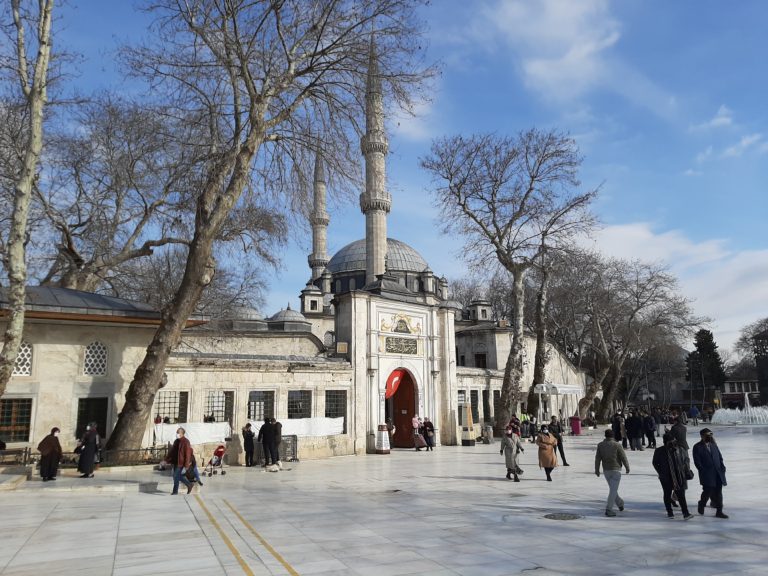
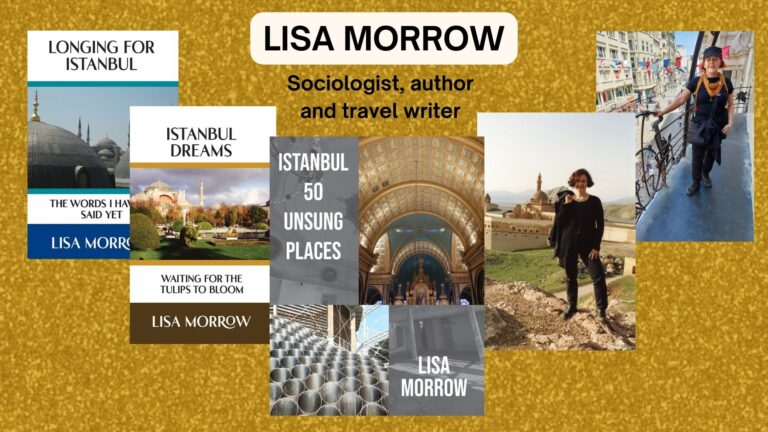
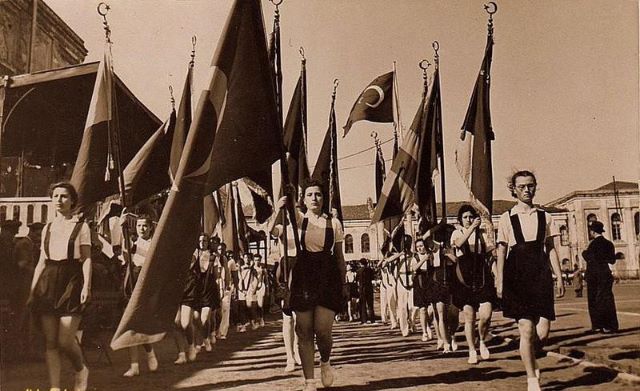
I do speak Turkish but not like stanbul or Ankara people Anatolia accent am I gonna have trouble in stanbul
Most people in the tourist areas of Istanbul will speak some English. Outside those areas there might be less who do you knowing a bit of Turkish will go a long way.
Yes, it was in Istanbul. In Kadikoy, I believe.
Hi Rebecca,
I have done some more research and can’t fin any reference to St Marina or St Simeon having been in Kadikoy, a monastery associated with them. If I learn something in the future I’ll let you know.
Lisa
Do you know of the ancient St. Marina’s Monastery where Saint Symeon the New Theologian lived? Can you give me any information about it?
I don’t know about it. Is it in Istanbul? What can you tell me about it?
Lisa, let’s not forget the Church of Chora, one of the few remaining Byzantine architectural building in the whole world. One sees the story of Christianity in mosaics and frescoes, the life of the Virgin Mary and Jesus Christ, unparalleled to anything one has seen to this day. Theodoros Metochites left us a treasure!!!!
I definitely haven’t forgotten it but my focus is on Istanbul’s lesser known sites etc, and the Church of St Chora appears in every guidebook, website and blog.
In Istanbul there should also be a Bulgarian orthodox church, entirely made of cast iron.
Yes there is, on the shores of the Golden Horn.
Before I came turkey I didn’t know. Many church here. Even 2000years old
I still have yet to discover this side of Istanbul’s culture, must explore more!